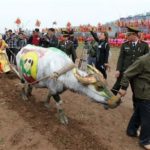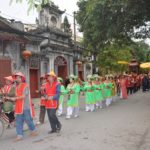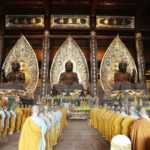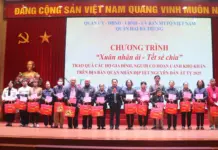The Imperial City of Hue was a fortified palace and fortress that was once part of the ancient city of Hue, which served as the capital of the Nguyen Dynasty from 1805 to 1945
The ancient capital of Hue is situated along the serene Perfume River and was constructed by the Nguyen Dynasty in the 19th century. Despite its turbulent history, the Ancient Capital remains a symbol of the captivating and tranquil beauty of Hue.
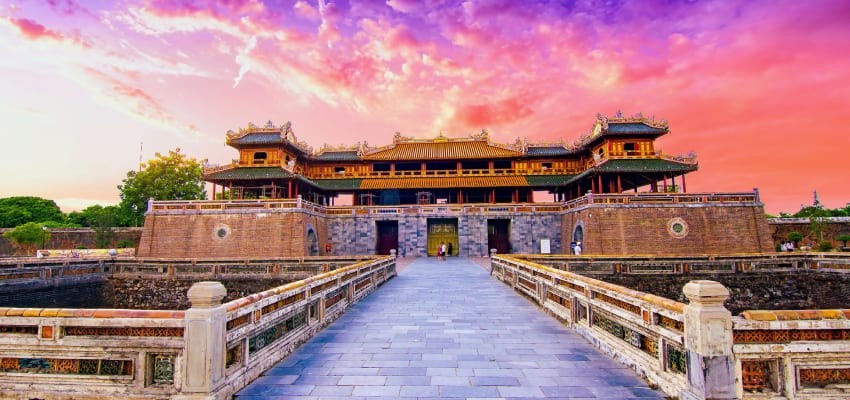 |
| The ancient capital of Hue is situated along the serene Perfume River and was constructed by the Nguyen Dynasty in the 19th century. Photo: Hoiantravel |
The majestic architecture of the Imperial City was initially planned by Gia Long, the emperor who founded the Nguyen Dynasty, in 1803. It took 27 years, from 1805 to 1832, for the construction of the Imperial City to be completed under the rule of Minh Mang. It stands as one of the largest structures ever built in modern Vietnam, involving thousands of workers, millions of cubic meters of stone, and a tremendous amount of laborious effort. The Imperial City is situated on the northern bank of the Huong River, with a total area of 520 hectares. In 1993, it was recognized as a UNESCO World Heritage site and has since undergone extensive restoration and preservation following the destruction caused by the Vietnam-American War.
The Imperial City spans an area of 520 hectares and faces south. It features ten main gates: Chinh Bac Gate, Northwest Gate, Chinh Tay Gate, Tay-Nam Gate, Chinh Nam Gate, Quang Duc Gate, The Nhon Gate, Southeast Gate, Chinh Dong Gate, and North East Gate.
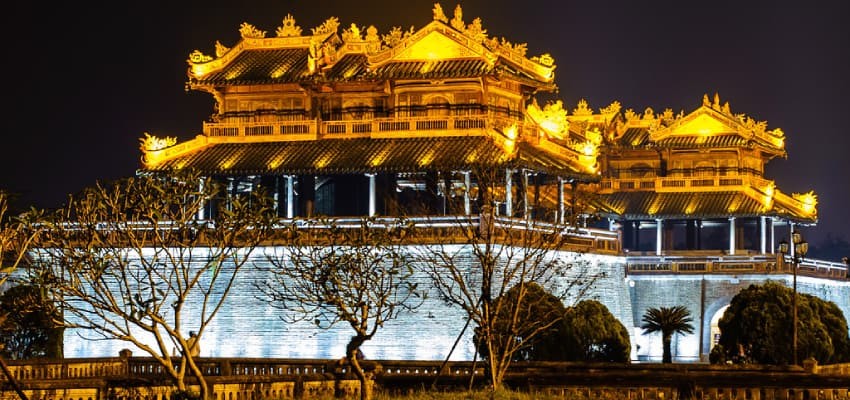 |
| The Imperial City spans an area of 520 hectares. Photo: Hoiantravel |
With its vast space and timeless ancient beauty, the Hue Citadel holds great cultural significance for the Vietnamese people. In addition to serving as a defense structure, the fortress also features gates, guard pavilions, bastions, cannons, and ammunition depots strategically distributed throughout its perimeter. Furthermore, a nearly ten-kilometer-long trench system was constructed encircling the city. A man-made river system, known as Ho Thanh Ha, not only acts as a defensive barrier but also functions as a seven-kilometer-long waterway spanning from the west of Ke Van River to the north of the An Hoa River, and from the east of the Dong Ba river to the south alongside the Huong River.
Hue attracts hundreds of visitors each year, making it a popular and convenient travel destination.
Traveling by plane: Traveling by plane is a convenient and quick option for tourists visiting Hue. Most airlines offer direct flights to Hue, facilitating easy access to the city center. Upon arrival at the airport, travelers can use shuttle services such as taxis or Grab cars to get around.
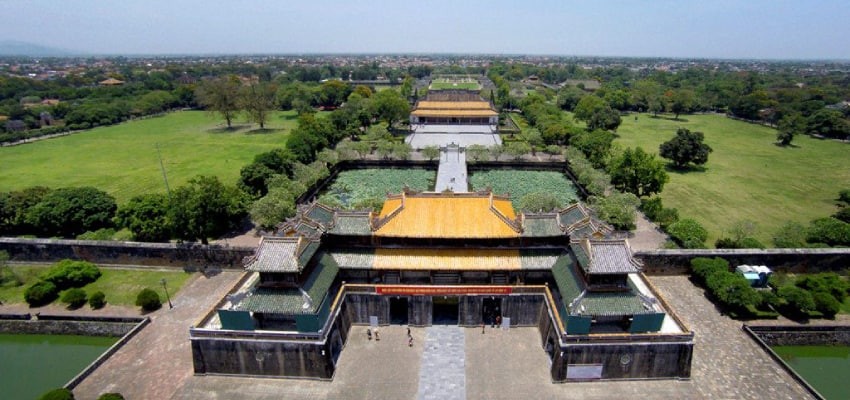 |
| With its vast space and timeless ancient beauty, the Hue Citadel holds great cultural significance for the Vietnamese people. Photo: Hoiantravel |
Traveling by bus: Opting for bus travel is a cost-effective and time-saving choice for tourists planning to visit the Ancient Capital of Hue. There are numerous bus companies offering transportation from Hanoi or Ho Chi Minh City to Hue, providing travelers with a range of options.
The Hue Imperial City is open daily from 8:00 AM to 6:00 PM, including weekends and public holidays. Visitors are advised to check the official website or local tourist information centers for any changes to the opening hours.
As of 2023, the entrance fee for foreign visitors is 200,000 VND (approximately $9) per person, while domestic visitors are charged an entrance fee of 50,000 VND (approximately $2) per person. This fee grants access to the Forbidden Purple City, the Imperial City, as well as the various gardens and structures within the citadel.
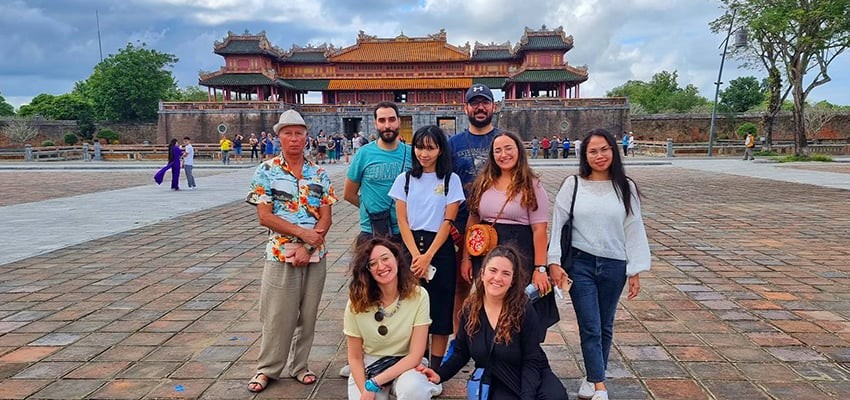 |
| International tourists visiting the Hue Imperial Citadel. Photo: Hoiantravel |
Exploring the Royal Tombs offers a remarkable opportunity to delve into the rich history and culture of Hue while witnessing stunning examples of imperial architecture.
Some of the most popular tombs to visit include the Tomb of Emperor Khai Dinh, the Tomb of Emperor Tu Duc, and the Tomb of Emperor Minh Mang. Each tomb boasts its unique architectural style and historical significance, so visitors may want to conduct prior research to determine which tombs to prioritize.

